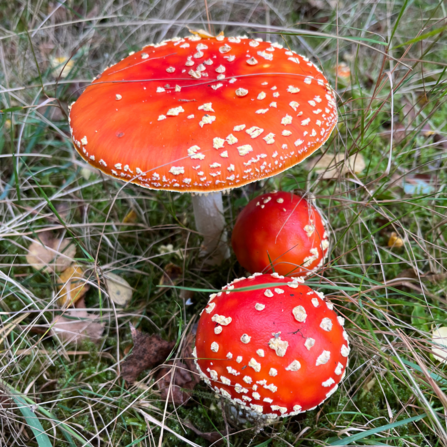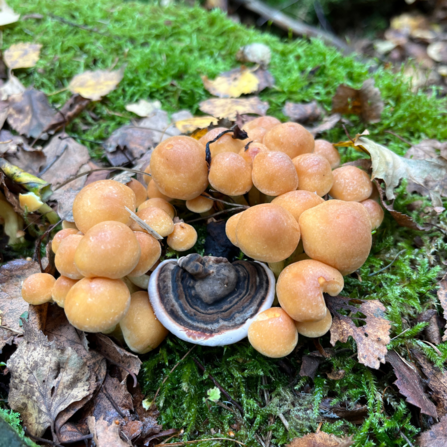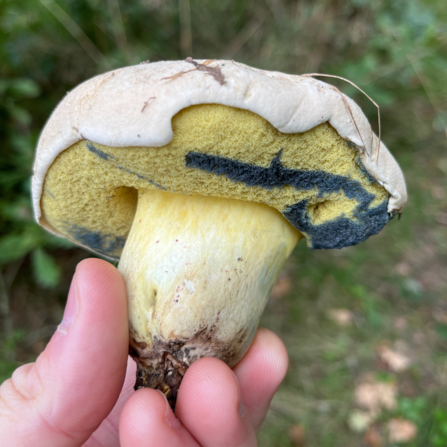My first real introduction to fungi was through a harebrained money-making scheme I concocted with a friend at university in 2019. We were going to hire a shipping container and use it to grow prized gourmet mushrooms, which we would sell to restaurants to pay off our student loans and live happily ever after. Unsurprisingly this proved to be completely unfeasible, but through my early experimentation with cultivating oyster mushrooms I discovered an entire taxonomic Kingdom that is so full of mystery and wonder that I remain thoroughly obsessed to this day.
The Wonderful World of Fungi

Fungi are utterly alien to us in many ways. They are fully decentralised organisms, formed from a complex network of single-cell-thick threads known as mycelium. Mycelia live beneath the ground, within decaying organic matter, and almost everywhere else you can imagine; the mushrooms that we see are the fruiting bodies of their mycelium, and exist solely for the purpose of producing reproductive spores. Mushrooms come in a near limitless number of shapes and sizes, and many of the species found in Britain are an absolute wonder to behold. Some favourites of mine are the parrot waxcap, dryad’s saddle and the world-famous fly agaric, as well as many other species with equally whimsical names.
Hunting for mushrooms- as a forager, naturalist, or both- is as addictive as it is rewarding. Fungi are incredibly picky about when and where they produce mushrooms, with most species requiring highly specific habitat types, associating with just one or two species or tree, and remaining stubbornly inactive until the temperature, rainfall and humidity are just right. When fruiting bodies appear they form in as little as twenty-four hours, and last only a week or so before vanishing. Because of this, the aspiring mycologist must develop a deep connection with the natural world if they have any hope of reliably finding these hidden gems. In my experience there are few things more satisfying than identifying a likely habitat for chanterelles in Spring, and then returning in Autumn to find the woodland floor carpeted with beautiful golden mushrooms!

It must be noted at this point that picking mushrooms to eat requires a high level of skill and confidence. Some species are harmless, delicious and easy to identify, but many others range from inedible to seriously toxic. That being said, there is absolutely nothing to fear from wild mushrooms if you are not eating them. Mushroom toxins are only effective when ingested, so even poisonous species can be observed and appreciated in total safety provided that handling them is kept to a minimum. My favourite tool for this is a dentist’s mirror, which can be used to observe the underside of a poisonous, rare or delicate mushroom without touching it.

Sadly, fungi are chronically understudied and under-recorded. Often, we simply don’t know enough about them to know how they are coping with the pressures of human-driven changes to their environment, although it is safe to assume that many species are not doing well. Because of this, identifying and recording wild mushrooms has never been more important. The good news is that you don’t have to be a mycologist or an experienced amateur to do this, although I will warn you that it is a slippery slope towards a new obsession! Equipped with a camera, a guidebook and the help of online identification groups, anyone can contribute to the conservation of our amazing native fungi.




